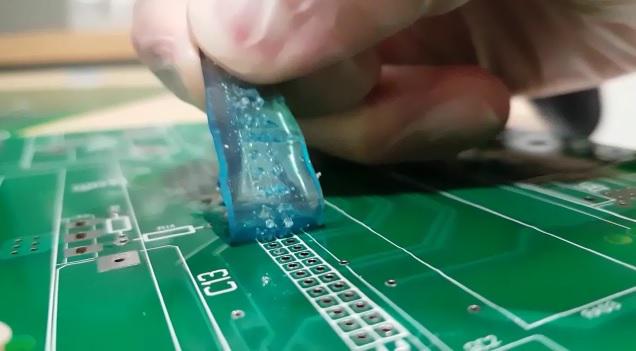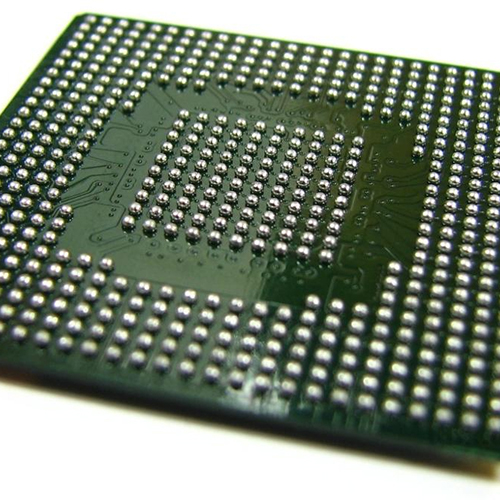What is surface mount adhesive and why is it used?
The electronic industry field is witnessing huge technological innovations, manifested in part in the increasing trend of thinner and smaller handheld devices and household appliances. Modern Surface Mount Technology (SMT) with significant advancements has gradually replaced through-hole technology, contributing to that development trend.
Through-hole technology
refers to the mounting scheme used for electronic components that involve the use of leads on the components that are inserted into holes drilled in printed circuit boards (PCB) and soldered to pads on the opposite side.
Surface Mount Technology
is a method in which the electrical components (SMA) are mounted directly onto the surface of a printed circuit board (PCB).
Although there are differences in the way of assembly, today’s commonly used circuit boards are still a hybrid one that combines these two types of components: SMD ( Surface Mount Device) and THC (through-hole components).
How to assembly a hybrid PCB


1. Apply adhesive by printing through a stencil or manual dispensing


2. Do the mounting of SMT components and cure the adhesive


3. Manually insert the TH components on another side of the PCB


4. Pass to the soldering process of TH&SMT components
From the above process, you probably already know the reason to use Surface Mount Adhesive: to keep the SMD from falling off the PCB.
SMD components are “picked and placed” on the PCB, the PCB is then flipped upside down to insert TH components and then transferred to the wave soldering step (usually double wave soldering process). Therefore, if there is no glue to hold the SMD in place, it may deviate from the original position or fall off when the board is reversed.
However, SMA is not only used for hybrid PCB. When the PCB only uses SMD components, surface mount adhesive can also be used to fix the components in place to prevent them from moving during the reflowing time.
Besides acting as a processing aid, SMA is helpful in enhancing stress relief to the solder attachments.
Requirements for Surface Mount Adhesive
To meet the requirement of effectively holding SMDs, the accompanying properties are expected of the adhesive:
- Adhesion ability: adhesive path must have strong connecting strength to hold components tightly and it is not peeled even at the solder melting temperature.
- Good dispensing characteristic: SMA is dispensed typically in dot form (by stencil printing or nozzles dispensing). The adhesive must be compatible with the dispensing procedure with high precision, and consistent dot shapes with different volumes as required for a wide variety of device sizes.
- Sufficient “green strength”: to hold the component in position during the placement process until the adhesive is cured.
- Low-temperature curing: so as not to damage the components
- Noncorrosive: compatible and non-corrosive to solder joints, circuit board surfaces, and components
- Withstand thermal stress during the soldering process
Surface mount adhesive is usually available in red color or with fluorescent pigment to facilitate quality and application monitoring. Their red color or fluorescence makes the adhesive clearly visible to allow the bond quality of every component to be easily inspected also in mass production. Especially the red stain creates a clear contrast to the usually green PCBs. The most commonly used adhesive base in this application is epoxy.


Due to the characteristics of the adhesive application position and the requirement of fast curing, the adhesive is usually cured by a heating mechanism. This curing temperature is much lower than the melting point of the solder, about 110-125 ˚.
Some reliable Surface Mount Adhesives
| Properties | Loctite 3611 (Henkel) | JC 711-6 (Everwide) |
| Chemical Type | Epoxy | |
| Appearance | Red viscous gel | |
| Components | One-component – requiring no mixing | |
| Curing Mechanism | Heat cure | |
| Dispense Method | Pin transfering and Stencil printing | Screen printing and dispensing |
| Cure time | 90-120s/150 ˚C | 100s/120˚C |
For more information, please help to contact:






